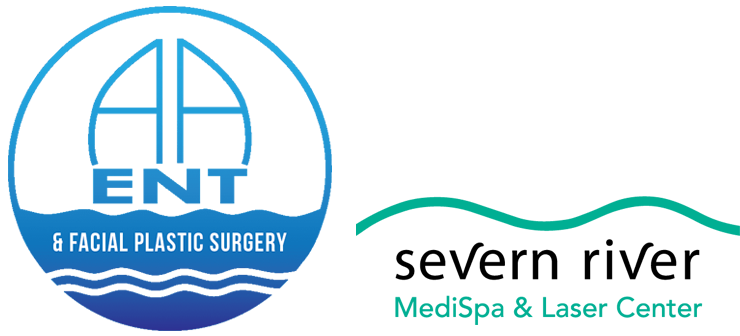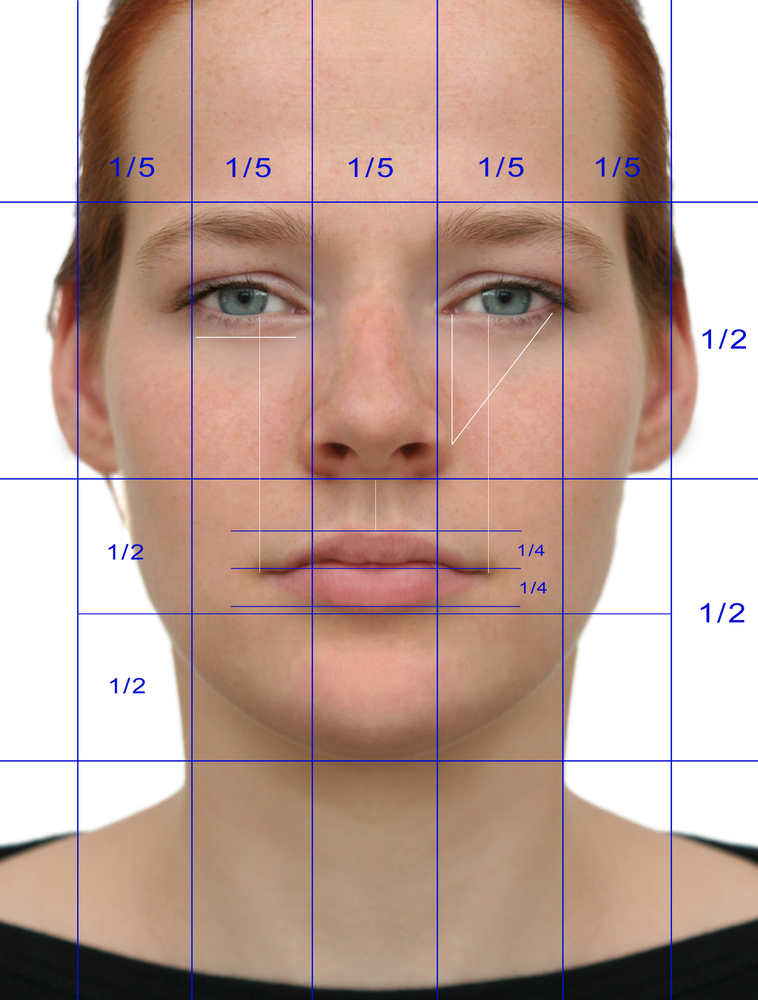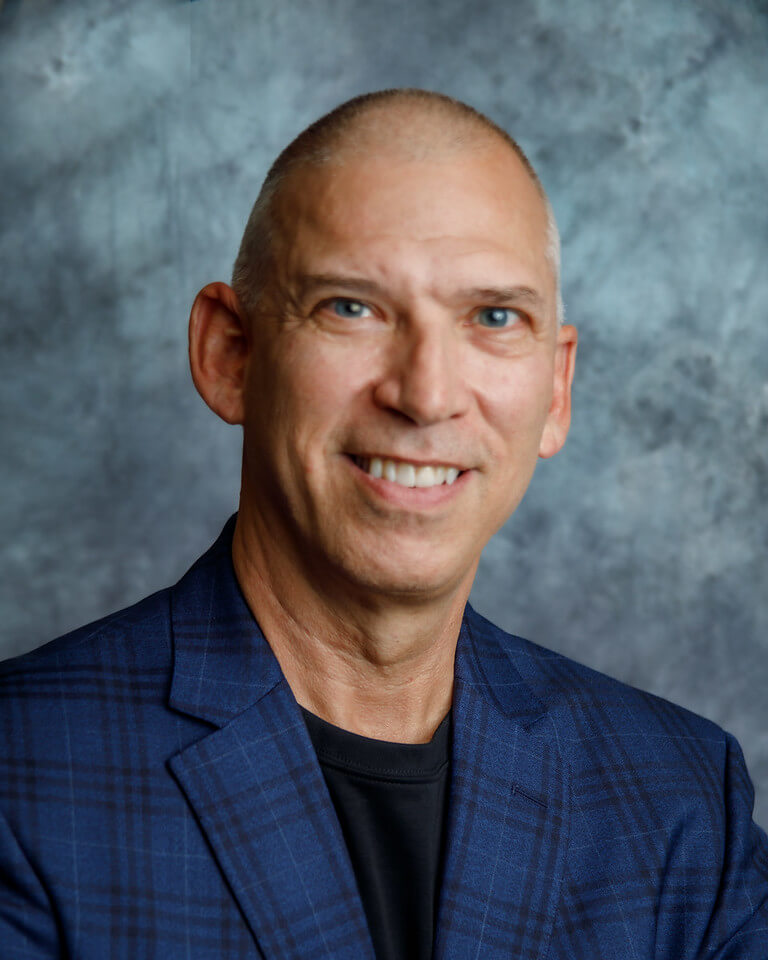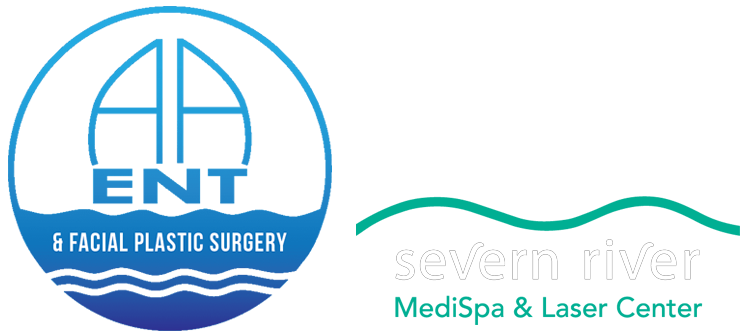If you are considering a septorhinoplasty, also known as a nose job, you may be wondering what the procedure entails. This blog post will provide you with all the information you need to know about septorhinoplasty surgery: what it is, who is an ideal candidate, why it is performed, how it is performed, how long it takes, and what the recovery process is like. Keep reading for more!
What is a septorhinoplasty?
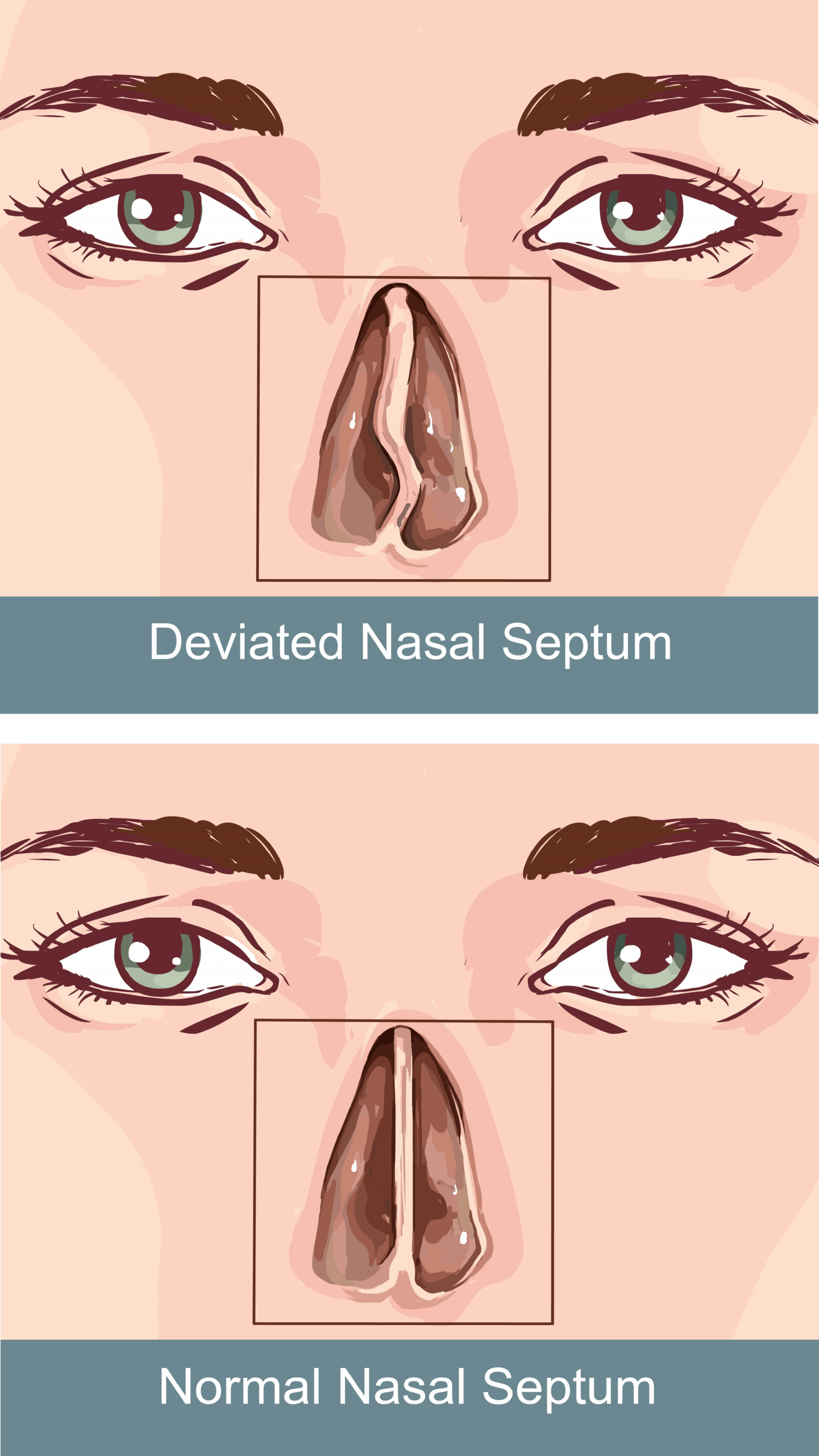
A septorhinoplasty is a surgical procedure performed to improve the appearance and function of the nose. This surgical procedure combines two procedures:
- Septoplasty: the surgical repair of a deviated septum. A deviated septum occurs when the nasal cartilage between your nostrils is crooked. This can cause breathing difficulties, snoring, and dry mouth. During a septoplasty, the septum is repositioned so that it is straight.
- Rhinoplasty: the surgical reshaping of the nose. During a rhinoplasty, bones and cartilage are removed or reshaped to change the external appearance of the nose.
It is important to note that a septoplasty is intended to improve the function of your nose, while a rhinoplasty is intended to improve its appearance. If you are looking to improve both function and appearance, your surgeon will likely recommend a septorhinoplasty.
Septorhinoplasty can be performed on patients of any age, but is most commonly done in adults. There are many reasons why someone may choose to undergo a septorhinoplasty, including:
- improving the appearance of the nose (humps, bumps, or recessions on the bridge, nasal asymmetry, nasal tip abnormalities, or nostrils that are large, small, or misshapen)
- fixing breathing problems related to a deviated septum, enlarged turbinates, or chronic sinus blockage
- correcting a deformity, such as a crooked nose or a nasal cleft
- repairing the nose after injury or nasal trauma, nasal fracture, or nasal valve collapse
While these are just a few examples, your surgeon may recommend having a septorhinoplasty for a variety of reasons.
Benefits of a Septorhinoplasty
Since a septorhinoplasty is essentially two procedures in one, there are a variety of benefits associated with this procedure. The top benefits include:
Reduced Cost
Instead of requiring two different surgeries, a septorhinoplasty combines a septoplasty and a rhinoplasty into one surgery. This means that only one anesthesiologist and one operating room are used, which splits your total cost in half. This also means fewer consultations before and after surgery.
Decreased Risk
With any type of surgery, there are always risks. However, these risks can increase when multiple surgeries are performed, especially in the same area. Having a septorhinoplasty limits both the number of surgeries and your overall risk of complications.
More Convenient
Having two surgical procedures means that you will need to spend time healing completely from one surgery before having the second surgery. This also means more time spent at consultations and appointments. Combining these into one surgery saves you time.
Less Time Spend Recovering
The final benefit of undergoing a septorhinoplasty is that you will only need to recover from a single surgery instead of two separate surgeries. Although your actual recovery time will still be about 2-3 weeks, you will only need to recover once instead of twice.
How is a septorhinoplasty performed?
A septorhinoplasty is typically performed under general anesthesia. The surgery involves making an incision inside the nose and then reshaping the bone and cartilage of the nose. Depending on your individual case and treatment goals, there are a few things your surgeon may do, including:
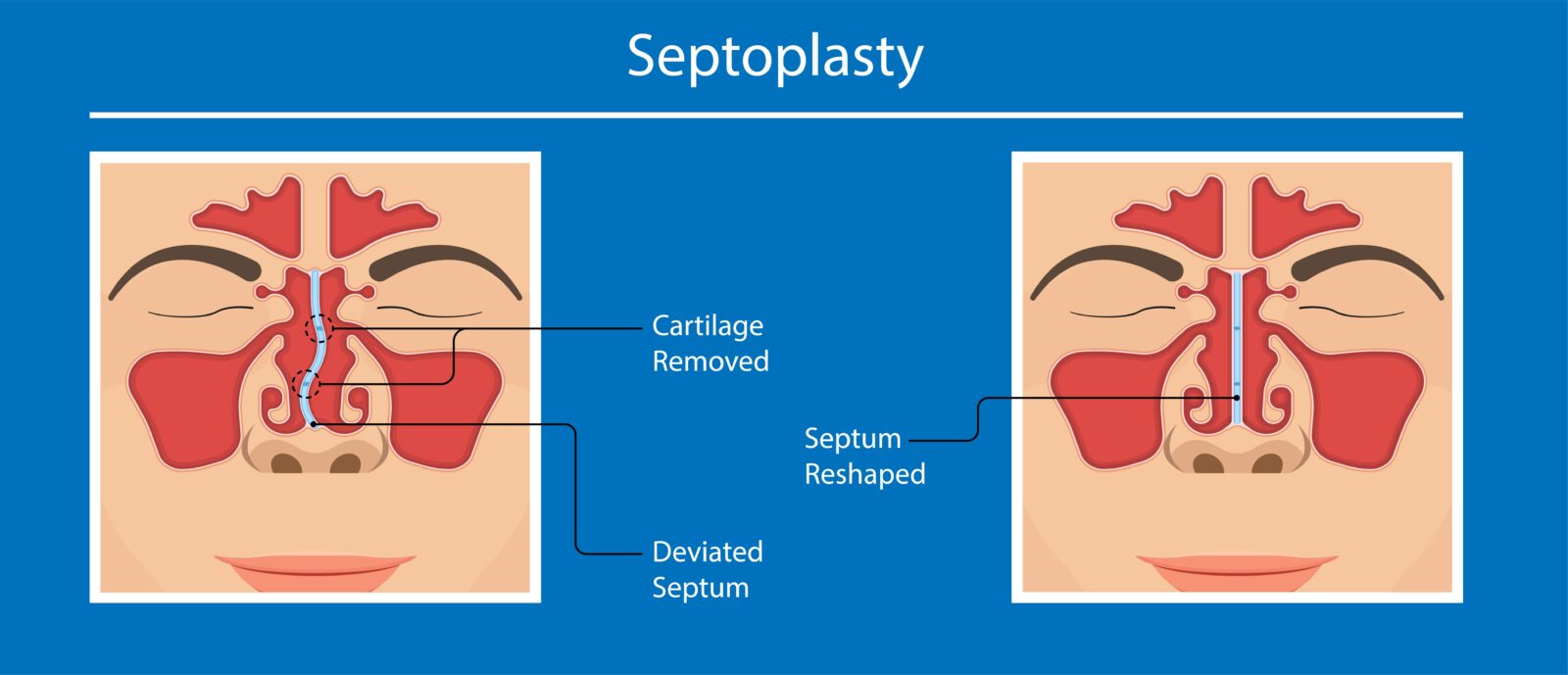
- remove or reshape bone and/or cartilage from the septum
- reduce the size of nasal turbinates
- remove or reshape cartilage at the tip of the nose
- remove humps on the bridge by shaving bone
- break and reset the nasal bones to improve the appearance of a crooked nose
The length of a septorhinoplasty surgery varies depending on the individual patient and the extent of the surgery. However, most surgeries take between two and three hours to complete. Once the surgery has been completed, the incision will be closed and the nose will be packed with gauze to manage any bleeding. In some cases, soft plastic sheets or splints may be used to hold the septum in place so that it heals properly.
What is the recovery process like after a septorhinoplasty?
After your procedure, you will be able to go home once you wake up from anesthesia. The recovery process after a septorhinoplasty surgery varies from patient to patient.
Most people experience some swelling and bruising in the days following surgery. Bruising and swelling around the eyes and nose can last for up to two weeks after surgery. It is important to follow your doctor’s instructions for post-operative care, which will typically include taking medication and using ice packs to reduce swelling. Most people take prescribed pain medication for the first 2-4 days, then they tend to be more comfortable after the 4th day.
You will have to wear a nasal splint for about 7-10 days after surgery to ensure proper healing. Most people are able to return to work within a week after surgery, however full recovery can take approximately 3-6 months. Low-intensity exercise can be performed 2 weeks after surgery, and strenuous exercise can be performed 4-6 weeks after surgery. Exceptionally risk sports should be avoided for at least a year to avoid facial injury.
During the recovery process, it is helpful to:
- keep the head elevated
- avoid activities that increase your respiration rate
- not blow your nose
- wear clothes that can be buttoned or easily pulled over your head
In Conclusion
A septorhinoplasty is a surgical procedure to improve the function and appearance of your nose. There are many reasons why someone may choose to undergo a septorhinoplasty, including correcting breathing problems related to a deviated septum or enlarged turbinates, fixing a deformity such as a crooked nose, repairing the nose after injury or nasal trauma, or improving the appearance of the nose. Most surgeries take between two and three hours to complete and require general anesthesia. Recovery from the surgery varies from patient to patient but typically includes swelling and bruising that lasts for up to two weeks. It is important to follow your doctor’s instructions for post-operative care to ensure a smooth and timely recovery.
If you are considering a septorhinoplasty, be sure to speak with a qualified surgeon about your options. They will be able to answer any questions you have and help you decide if this surgery is right for you. Thanks for reading!
